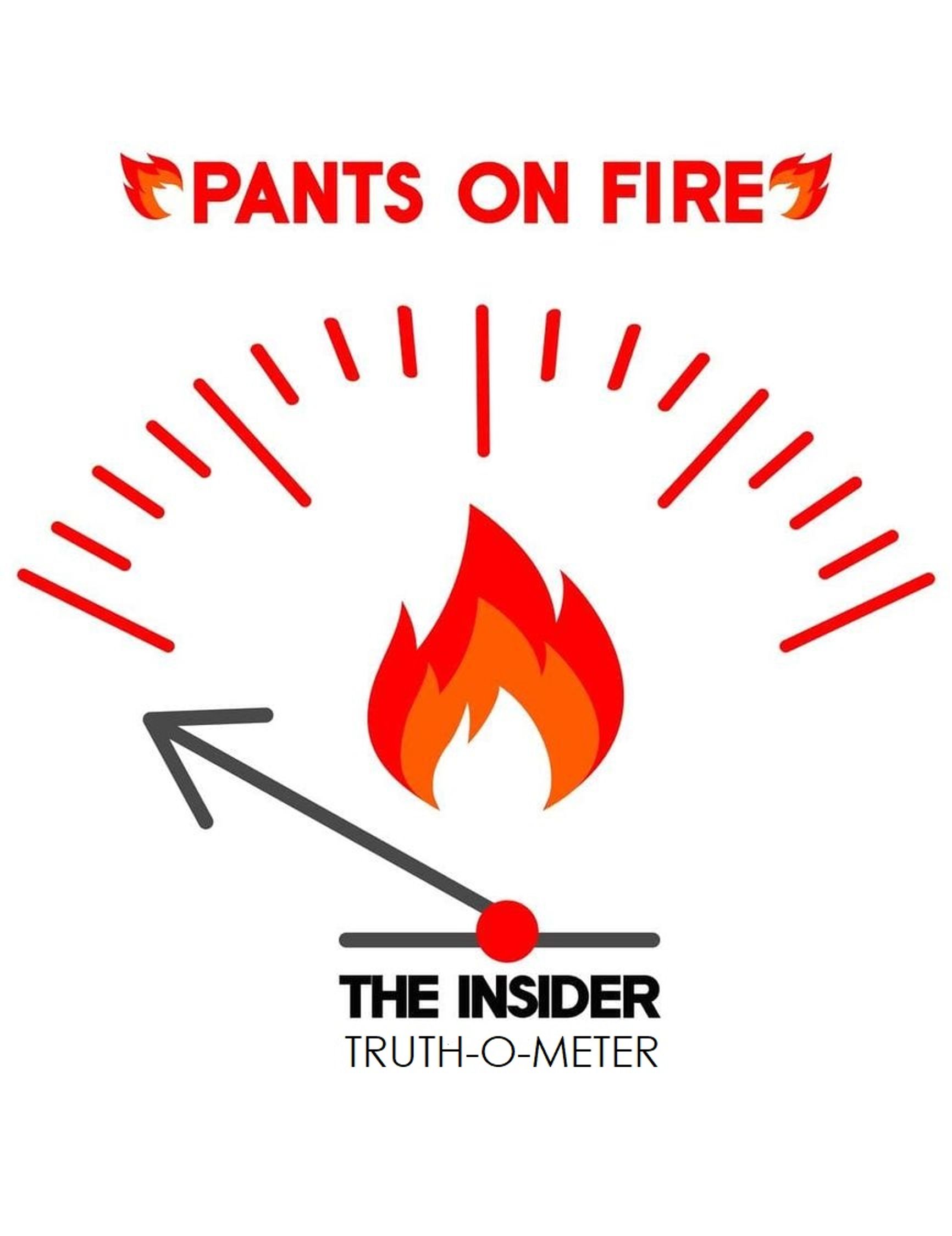

After learning that the UK was planning to supply Ukraine not only with Challenger 2 tanks, but with armor-piercing depleted uranium shells, Russian President Vladimir Putin responded with a threat:
“If all this happens, Russia will have to respond accordingly, given that the West collectively is already beginning to use weapons with a nuclear component.”
Putin’s rhetoric was supported on the same day by Foreign Minister Sergey Lavrov, Defense Minister Sergei Shoigu, State Duma Speaker Vyacheslav Volodin, and even Belarusian President Alexander Lukashenko, who threatened that if Ukraine receives depleted uranium ammunition, Russia will supply Belarus with “real uranium” ammunition.

Depleted uranium ammunition has nothing to do with nuclear weapons, as a UK Ministry of Defence spokesman noted following Putin’s comment:
“The British Army has used depleted uranium in its armour-piercing shells for decades. It is a standard component and has nothing to do with nuclear weapons or capabilities. Russia knows this but is deliberately trying to disinform.”
Depleted uranium itself is still uranium – that is, a metal that is mainly made up of U-238 isotopes. According to the International Atomic Energy Agency (IAEA), it is less radioactive than natural uranium, which, incidentally, is found in all rocks, soil, water and air. Due to its low radioactivity, depleted uranium is not banned under international conventions and is not classified as a nuclear weapon.
Depleted uranium is effective as an armor-piercing agent in tank shells – it can, incidentally, also be used to make that very armor.
As noted by the IAEA: “Depleted uranium is preferred to other metals, because of its high density, its pyrophoric nature (DU self-ignites when exposed to temperatures of 600° to 700° and high pressures), and its property of becoming sharper, through adiabatic shearing, as it penetrates armor plating.”
A 2018 report from the UN Secretary General on the use of depleted uranium, which includes references to IAEA assessments, states the following:
“The existence of post-conflict depleted uranium residues dispersed in the environment, when observed as confined contamination of soils, vegetables, water and surfaces, does not pose a radiological hazard to the local population.”
Moreover, the European Union's website states that the medical monitoring of Gulf War veterans who suffered shrapnel wounds involving uranium has not so far revealed any serious health effects.
Depleted uranium’s use in warfare, as well as the consequences of its presence in the field, were already discussed several months ago, when reports revealed the deliveries of US-made Abrams and German-made Leopard 2 tanks to Ukraine, both of which use the substance in its projectiles. Pro-Kremlin “experts” then began ranting about the threat to Ukrainians' health – claims that The Insider refuted in detail.
Finally, if Putin, Shoigu and others are so worried about the health of Ukrainians and the state of the environment, it is unclear why depleted uranium shells are also used in Russian tanks. The 3BM60 “Svinets-2” anti-tank shells contain depleted uranium, while the upgraded Russian T-80BVM tank (a descendant of the Soviet T-80) can use them, which was announced by the Russian Ministry of Defence back in 2018.
T-80BVM tanks are used by Russia in the war with Ukraine. As recently as last year, state-owned Rossiyskaya Gazeta published a story about a T-80BVM tank destroyed by the Ukrainian army. Later, Ukrainian military observer Oleksandr Kovalenko reported that the AFU had managed to retrieve and capture the 3BM60 “Svinets-2” rounds from the tank.
Following the logic of Putin, Shoigu and other Russian officials, Russia should deploy nuclear weapons against itself, as it also uses depleted uranium shells.